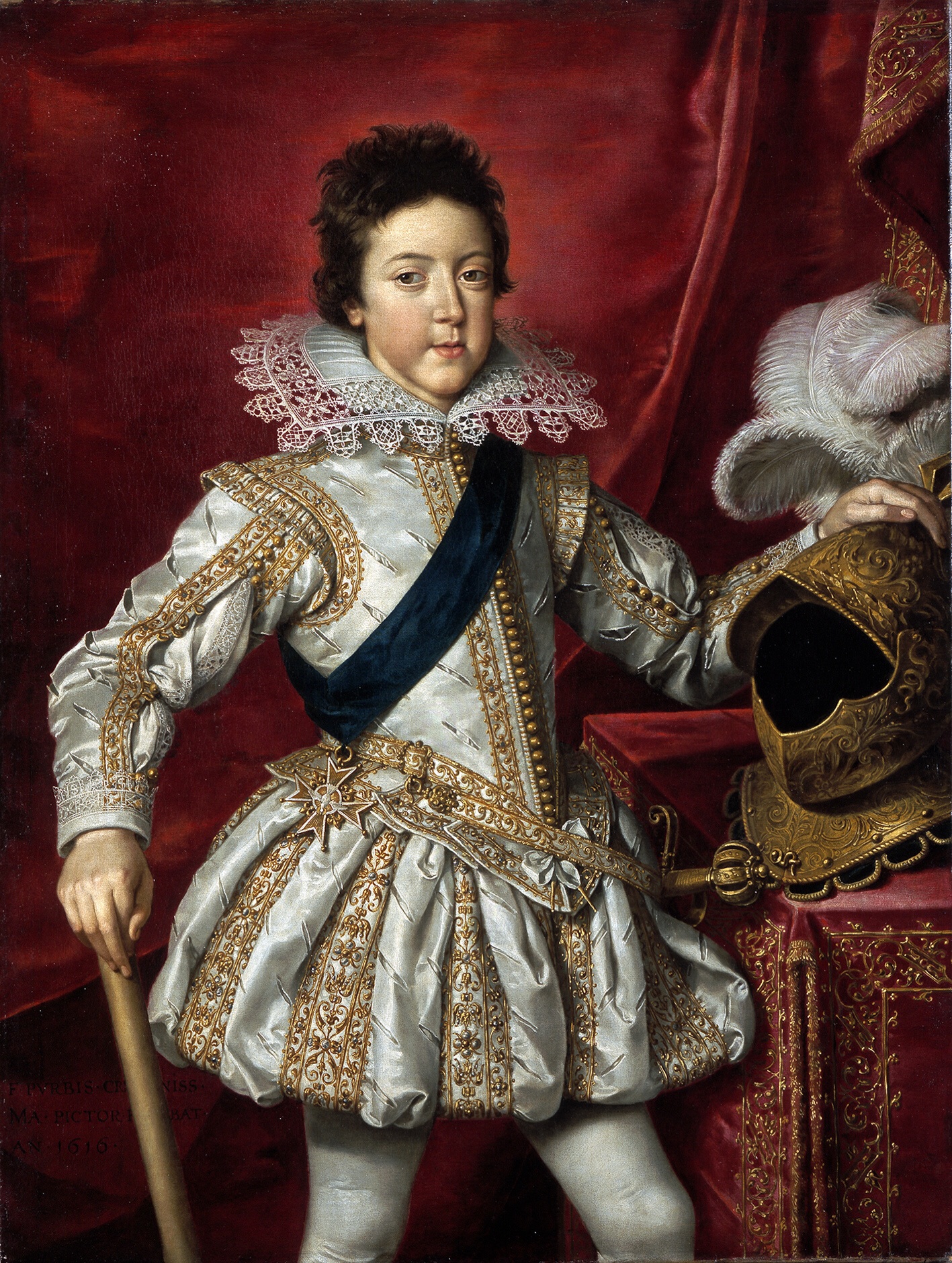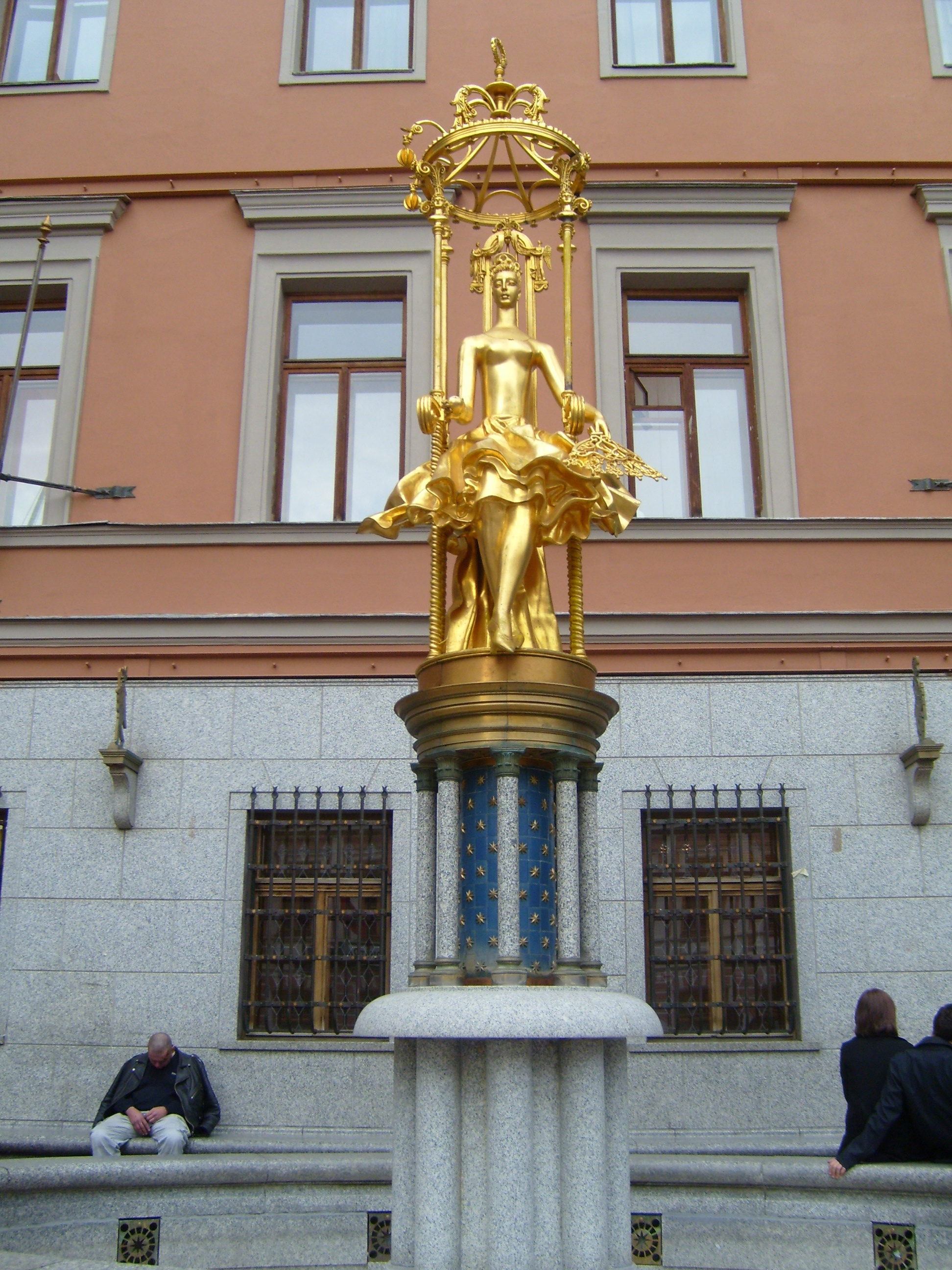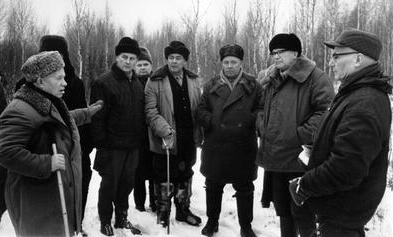|
Hôtel D'Estrées
The Hôtel d'Estrées is a hôtel particulier, a type of large townhouse of France, at 79 rue de Grenelle in the 7th arrondissement of Paris. It is the residence of the Ambassador of the Russian Federation to France. It was designed by Robert de Cotte, architect of King Louis XIV, and built between 1711 and 1713 for Madeleine-Diane de Bautru de Vaubrun, the Duchesse d'Estrées (1668-1753). After belonging to several owners, it was purchased by the Russian government in 1863 and became the Russian Embassy. Both Emperor Alexander II of Russia and his grandson, Nicholas II, stayed in the residence when they visited Paris. In 1977 the Russian Embassy was moved to another building, and the Hotel became the residence of the Ambassador. It is now classified as a historic monument of France. History File:Robert de Cotte.JPG, Robert de Cotte, first architect of the King and designer of the house File:Charlotte Aglaé d'Orléans depicted as the goddess Hébé attributed to Pierre Gobert.jp ... [...More Info...] [...Related Items...] OR: [Wikipedia] [Google] [Baidu] |
Hôtel Particulier
() is the French term for a grand urban mansion, comparable to a Townhouse (Great Britain), British townhouse. Whereas an ordinary (house) was built as part of a row, sharing party walls with the houses on either side and directly fronting on a street, an was often free-standing and, by the 18th century, would always be located – between the (an entrance court) and the garden behind. There are in many large cities in France. Etymology and meaning The word represents the Old French "" from the Latin "pertaining to guests", from , a stranger, thus a guest.Cassell's Latin Dictionary The adjective means "personal" or "private". The English word ''hotel'' developed a more specific meaning as a commercial building accommodating travellers; modern French also uses in this sense. For example, the Hôtel de Crillon on the Place de la Concorde was built as an and is today a public hotel. In French language, French, an or is a town hall and not a hotel, same for the police ... [...More Info...] [...Related Items...] OR: [Wikipedia] [Google] [Baidu] |
Louis XIII
Louis XIII (; sometimes called the Just; 27 September 1601 – 14 May 1643) was King of France from 1610 until his death in 1643 and King of Navarre (as Louis II) from 1610 to 1620, when the crown of Navarre was merged with the French crown. Shortly before his ninth birthday, Louis became king of France and Navarre after his father Henry IV was assassinated. His mother, Marie de' Medici, acted as regent during his minority. Mismanagement of the kingdom and ceaseless political intrigues by Marie and her Italian favourites led the young king to take power in 1617 by exiling his mother and executing her followers, including Concino Concini, the most influential Italian at the French court. Louis XIII, taciturn and suspicious, relied heavily on his chief ministers, first Charles d'Albert, duc de Luynes and then Cardinal Richelieu, to govern the Kingdom of France. The King and the Cardinal are remembered for establishing the ''Académie française'', and ending the revolt of ... [...More Info...] [...Related Items...] OR: [Wikipedia] [Google] [Baidu] |
Ivan Aivazovsky
Ivan Konstantinovich Aivazovsky (; ) was a Russian Romantic painter who is considered one of the greatest masters of marine art. Baptized as Hovhannes Aivazian, he was born into an Armenian family in the Black Sea port of Feodosia in Crimea and was mostly based there. Following his education at the Imperial Academy of Arts in Saint Petersburg, Aivazovsky traveled to Europe and lived briefly in Italy in the early 1840s. He then returned to Russia and was appointed the main painter of the Russian Navy. Aivazovsky had close ties with the military and political elite of the Russian Empire and often attended military maneuvers. He was sponsored by the state and was well-regarded during his lifetime. The saying "worthy of Aivazovsky's brush", popularized by Anton Chekhov, was used in Russia for describing something lovely. He remains highly popular in Russia in the 21st century. One of the most prominent Russian artists of his time, Aivazovsky was also popular outside the Russ ... [...More Info...] [...Related Items...] OR: [Wikipedia] [Google] [Baidu] |
La Fontaine
Jean de La Fontaine (, ; ; 8 July 162113 April 1695) was a French fabulist and one of the most widely read French poets of the 17th century. He is known above all for his ''Fables'', which provided a model for subsequent fabulists across Europe and numerous alternative versions in France, as well as in French regional languages. After a long period of royal suspicion, he was admitted to the ''Académie Française'' and his reputation in France has never faded since. Evidence of this is found in the many pictures and statues of the writer, later depictions on medals, coins and postage stamps. Life Early years La Fontaine was born at Château-Thierry close to the present-day north-eastern edge of Île-de-France (Greater Paris) in France. His father was Charles de La Fontaine, maître des eaux et forêts (a kind of deputy-ranger) of the Duchy of Château-Thierry. Both his father and his mother, Françoise (née Pidoux) were of families of the highest provincial middle class ... [...More Info...] [...Related Items...] OR: [Wikipedia] [Google] [Baidu] |
Putti
A putto (; plural putti ) is a figure in a work of art depicted as a chubby male child, usually naked and very often winged. Originally limited to profane passions in symbolism,Dempsey, Charles. ''Inventing the Renaissance Putto''. University of North Carolina Press, Chapel Hill and London, 2001. the putto came to represent a sort of baby angel in religious art, often called a cherub (plural cherubim), though in traditional Christian theology a cherub is actually one of the most senior types of angel. The same figures were also seen in representations of classical myth, and increasingly in general decorative art. In Baroque art the putto came to represent the omnipresence of God. A putto representing a cupid is also called an amorino (plural amorini) or amoretto (plural amoretti). Etymology The more commonly found form ''putti'' is the plural of the Italian word ''putto''. The Italian word comes from the Latin word ''putus'', meaning "boy" or "child". Today, in Italian, '' ... [...More Info...] [...Related Items...] OR: [Wikipedia] [Google] [Baidu] |
Nicholas I Of Russia
Nicholas I, group=pron (Russian language, Russian: Николай I Павлович; – ) was Emperor of Russia, List of rulers of Partitioned Poland#Kings of the Kingdom of Poland, King of Congress Poland, and Grand Duke of Finland from 1825 to 1855. He was the third son of Paul I of Russia, Paul I and younger brother of his predecessor, Alexander I of Russia, Alexander I. Nicholas's thirty-year reign began with the failed Decembrist revolt. He is mainly remembered as a reactionary whose controversial reign was marked by geographical expansion, centralisation of administrative policies, and repression of dissent both in Imperial Russia, Russia and among its neighbors. Nicholas had a happy marriage that produced a large family, with all of their seven children surviving childhood. Nicholas's biographer Nicholas V. Riasanovsky said that he displayed determination, singleness of purpose, and an iron will, along with a powerful sense of duty and a dedication to very hard work. ... [...More Info...] [...Related Items...] OR: [Wikipedia] [Google] [Baidu] |
Peter The Great
Peter I (, ; – ), better known as Peter the Great, was the Sovereign, Tsar and Grand Prince of all Russia, Tsar of all Russia from 1682 and the first Emperor of Russia, Emperor of all Russia from 1721 until his death in 1725. He reigned jointly with his half-brother Ivan V of Russia, Ivan V until 1696. From this year, Peter was an Absolute monarchy, absolute monarch, an autocrat who remained the ultimate authority and organized a well-ordered police state. Much of Peter's reign was consumed by lengthy wars against the Ottoman Empire, Ottoman and Swedish Empire, Swedish empires. His Azov campaigns were followed by the foundation of the Imperial Russian Navy, Russian Navy; after his victory in the Great Northern War, Russia annexed a Treaty of Nystad, significant portion of the eastern Baltic Sea, Baltic coastline and was officially renamed from a Tsardom of Russia, tsardom to an Russian Empire, empire. Peter led a cultural revolution that replaced some of the traditionalist ... [...More Info...] [...Related Items...] OR: [Wikipedia] [Google] [Baidu] |
Alexander Bourganov
Alexander Nikolayevich Bourganov (; Born 1935) is a Russian sculptor, a National Artist of Russia, and a member of the Russian Academy of Fine Arts. Life and Career His recent works include a monument to Alexander Pushkin located at George Washington University in Washington DC (2000); a statue of John Quincy Adams, the first U.S. Ambassador to Russia and later President of the United States, located in front of the U.S. Embassy in Moscow (2008); and a statue of poet Walt Whitman located on the campus of Moscow State University (2009). In 2001 his studio in Moscow was given the status of a State Museum, known as Bourganov's House. His other works around Moscow include a series of fountains and statues on Ukrainsky Boulvar, near the Hotel Ukraine. Alexander A. Burganov, Bourganov was born in Baku, Azerbaijan and graduated from Moscow State Artistic and Industrial College (now Stroganov University). He received a PhD. in art history. In March 2014 he signed a letter in ... [...More Info...] [...Related Items...] OR: [Wikipedia] [Google] [Baidu] |
Leonid Brezhnev
Leonid Ilyich Brezhnev (19 December 190610 November 1982) was a Soviet politician who served as the General Secretary of the Communist Party of the Soviet Union from 1964 until Death and state funeral of Leonid Brezhnev, his death in 1982 as well as the fourth List of heads of state of the Soviet Union, chairman of the Presidium of the Supreme Soviet (head of state) from 1960 to 1964 and again from 1977 to 1982. His 18-year term as General Secretary was second only to Joseph Stalin's in duration. Brezhnev was born to a working-class family in Kamianske, Kamenskoye (now Kamianske, Ukraine) within the Yekaterinoslav Governorate of the Russian Empire. After the results of the October Revolution were finalized with the creation of the Soviet Union, Brezhnev joined the Communist party's youth league in 1923 before becoming an official party member in 1929. When Operation Barbarossa, Nazi Germany invaded the Soviet Union in June 1941, he joined the Red Army as a Political commissar, ... [...More Info...] [...Related Items...] OR: [Wikipedia] [Google] [Baidu] |
Russian Revolution
The Russian Revolution was a period of Political revolution (Trotskyism), political and social revolution, social change in Russian Empire, Russia, starting in 1917. This period saw Russia Dissolution of the Russian Empire, abolish its monarchy and adopt a socialist form of government following two successive revolutions and Russian Civil War, a civil war. It can be seen as the precursor for Revolutions of 1917–1923, other revolutions that occurred in the aftermath of World War I, such as the German Revolution of 1918–1919. The Russian Revolution was a key events of the 20th century, key event of the 20th century. The Russian Revolution was inaugurated with the February Revolution in 1917, in the midst of World War I. With the German Empire inflicting defeats on the front, and increasing logistical problems causing shortages of bread and grain, the Russian Army was losing morale, with large scale mutiny looming. Officials were convinced that if Tsar Nicholas II abdicated ... [...More Info...] [...Related Items...] OR: [Wikipedia] [Google] [Baidu] |
Pont Alexandre III
The Pont Alexandre III () is a deck arch bridge that spans the Seine in Paris. It connects the Champs-Élysées quarter with those of the Invalides and Eiffel Tower. The bridge is widely regarded as the most ornate, extravagant bridge in the city. It has been classified as a French ''monument historique'' since 1975. Pont Alexandre III History The Beaux-Arts style bridge, with its exuberant Art Nouveau lamps, cherubs, nymphs and winged horses at both ends, was built between 1896 and 1900. It is named after Tsar Alexander III of Russia, who had concluded the Franco-Russian Alliance in 1892. His son Nicholas II laid the foundation stone in October 1896. The style of the bridge reflects that of the Grand Palais, to which it leads on the right bank. The construction of the bridge is a marvel of 19th century engineering, consisting of a high single span steel arch. The design, by the architects and Gaston Cousin, was constrained by the need to keep the bridge from obscuring ... [...More Info...] [...Related Items...] OR: [Wikipedia] [Google] [Baidu] |









